
This post may contain affiliate links and I may earn a small commission when you click on the links at no additional cost to you. You can read my full privacy policy here.
Seoul, South Korea: a bustling metropolis where past meets present. Historic palaces, villages, and markets coexist with modern skyscrapers, cafes, and nightlife. Truly a city that never sleeps, Seoul is always lively with something to do for any interest. Whether you want to get lost in one of Seoul’s trendy neighborhoods, step back in time to Korea’s past, or explore the thriving food and drink scene, this guide will help your trip be unforgettable. I’ve lived in Seoul for 3 years and I can confidently say that these are the best things to do in Seoul, especially for first-timers. If you’re a repeat visitor or just looking for off-the-beaten-path experiences, check out the top unique things to do in Seoul.
Things to do in Seoul: FAQs
How to book the best hotels in Seoul?
The best booking platform for finding and reserving great hotels in South Korea is Agoda. It’s owned by the same company as Booking.com but is based in Asia, making it great for finding any hotels you need. If you’re a backpacker staying in hostels, then Hostelworld is consistently the best hostel booking platform worldwide, and Seoul is no exception. Book your Seoul accommodation on Agoda today:
Don’t want to search for the best option, or just don’t have time? That’s what I’m here for! As a professional travel advisor, I’ve vetted or personally stayed at the suggested properties below.
Where should I stay in Seoul?
Seoul is a huge city, so it’s best to prioritize staying in an area that is not only exciting but also well-connected to the rest of the city. For this reason, I recommend staying in Myeongdong, Hongdae, or Insadong. Each of these neighborhoods has something to offer every traveler, including entertainment, street food, shopping, cultural sites, and convenient locations.
For more on why to choose one of these neighborhoods, check out my local’s guide to where to stay in Seoul.
Here’s a quick overview:
| Seoul neighborhood | Why stay in this neighborhood? | Best affordable hotel |
| Myeongdong | Shopping, street food, good location | Philstay Myeongdong Station |
| Hongdae | Nightlife, shopping, budget | Nabi Hostel Hongdae |
| Insadong | Culture, history | Grid Inn |
How to book the best activities and excursions in Seoul?
The best activity and excursion booking platforms for South Korea are Klook and GetYourGuide. Both websites have thousands of trustworthy travel experiences with verified user reviews. I use Klook and GetYourGuide to book almost all my excursions in Asia, and you’ll find links throughout the article to great experiences I’ve personally vetted or experienced myself.
How can I get around Seoul?
Seoul is extremely well-connected by public transportation, with an extensive subway and bus system that can get you anywhere. You will need to head to a convenience store first, such as 7/11 or CU, to buy a T-Money card, which can be used to pay for both buses and the subway. You can refill these cards at a ticketing kiosk at any station. The ticketing kiosks have an English setting that makes it an easy process. Be sure to carry cash, as you can only fill up your transportation card using cash. When you ride on the bus or subway, you will swipe this card upon both entering and exiting.
Apple Maps and Google Maps do not work well in Korea. You will want to download Naver Maps and Kakao Maps for accurate directions.
Taxis are also decently cheap, which you can call through the Kakao Taxi app.
How many days do I need in Seoul?
I recommend spending at least 3 days in Seoul but preferably a week. You can see the main attractions in Seoul in just a few days, but I highly recommend allotting time for day trips such as the DMZ and other unique areas in Seoul’s vicinity. Read more on the best day trips from Seoul here and check out my 1-week or less Seoul itinerary to help plan your trip.
Where else should I visit in Korea, besides Seoul?
If you have a week or more in Korea, you should definitely venture beyond Seoul! There are so many options, but Busan, Jeju, and Gyeongju are the best if you’re short on time.
Have 2 weeks to spend in Korea? Check out my South Korea itinerary, including a week in Seoul, a few days in Jeju, and a few days in Busan and/or Gyeongju.
Things to do in Seoul: Attractions
Gyeongbokgung Palace
Gyeongbokgung is the primary palace of the five royal palaces in Seoul. It was built in 1395 in the Joseon Dynasty, serving as the home of the royal family and the seat of government. It’s Seoul’s largest and most impressive palace, with halls, gates, pavilions, gardens, and more to explore. There’s a ₩3000 entrance fee, or you can get in for free if you rent traditional Korean clothing called hanbok!

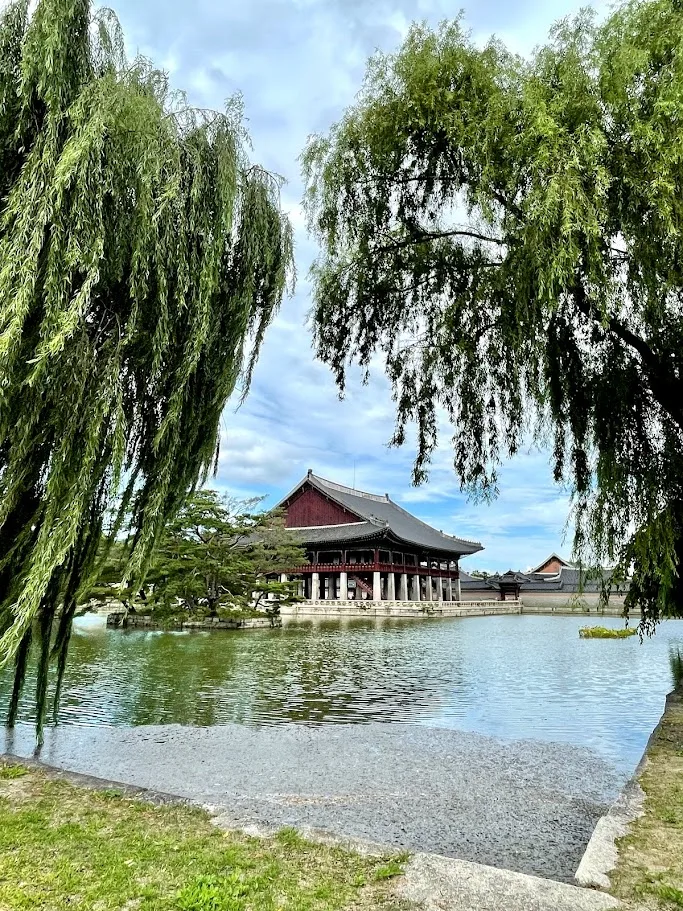
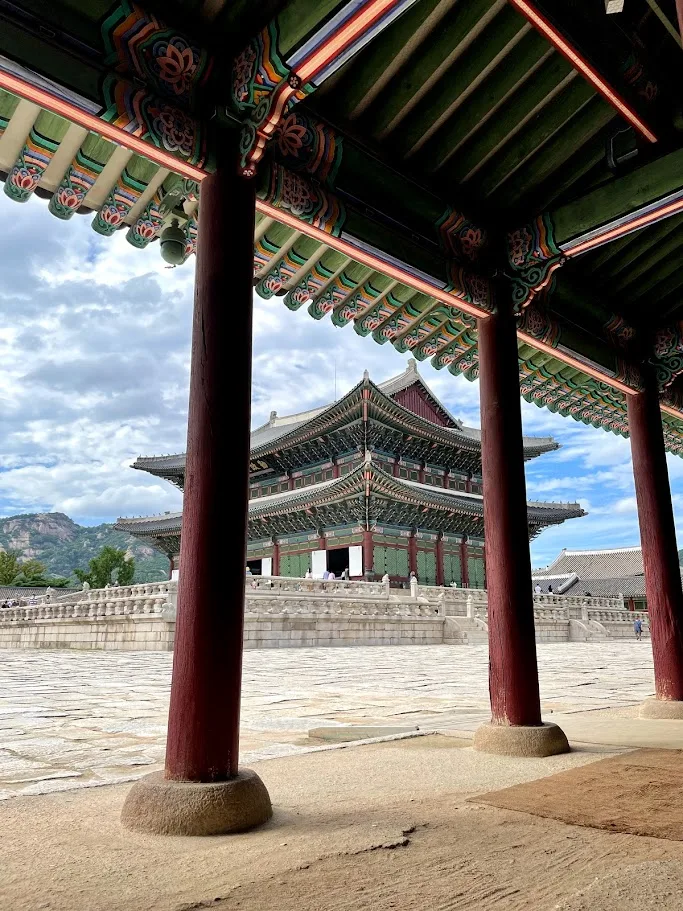
Changdeokgung Palace
Changdeokgung was built as the secondary palace to Gyeongbokgung in 1405. While it’s not as big as Gyeongbokgung, it’s known for its Secret Garden. The garden served as a rest area for the royal family members and was touched by human hands only when necessary. The palace has a ₩3000 entrance fee (free with hanbok) and an additional ₩5000 for the Secret Garden. Book the Secret Garden in advance here as it often sells out! Tickets go on sale 6 days in advance.

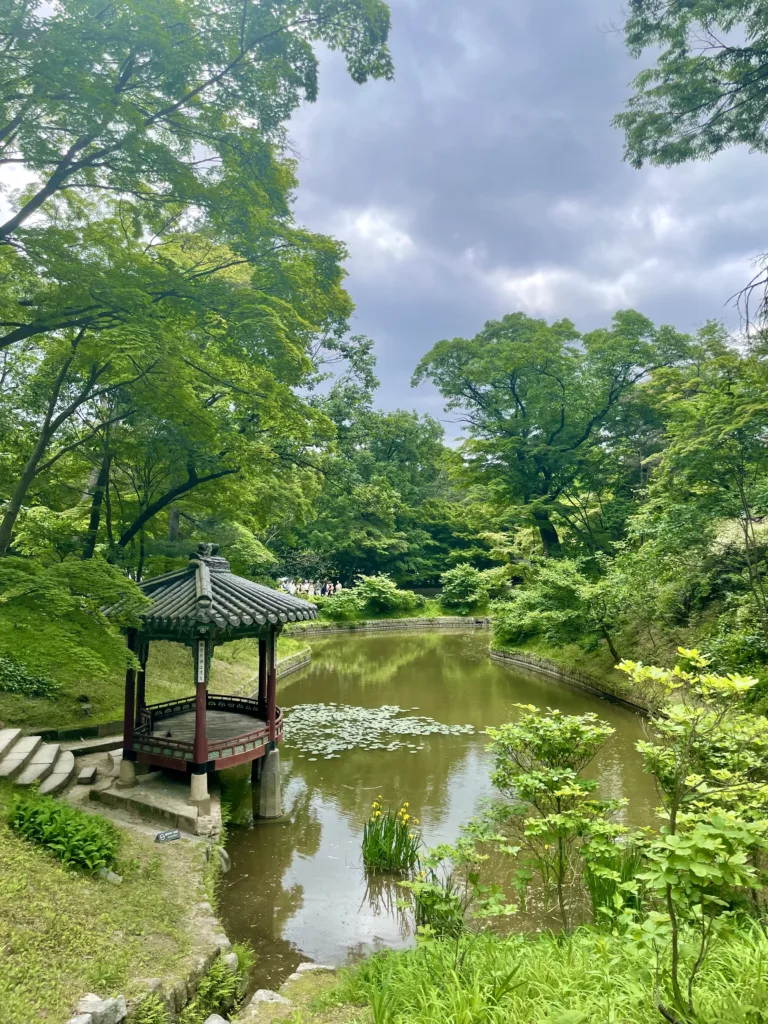
You don’t need to visit both Gyeongbokgung and Changdeokgung if you’re short on time. Instead, I’d choose which one you’re more interested in – a more impressive palace and grounds (Gyeongbokgung) or the unique Secret Garden (Chandeokgung).
Bukchon Hanok Village
Bukchon Hanok Village comprises over 900 traditional Korean homes called “hanok” that date back to the Joseon Dynasty. There are many cultural centers, cafes, restaurants, tea houses, and guesthouses that allow visitors to immerse themselves in traditional Korean culture. It’s a nice place to stroll and get great city views, although you should be prepared for some steep hills. Keep in mind that it’s an actual neighborhood with people’s homes, so please be mindful to be quiet for the residents.
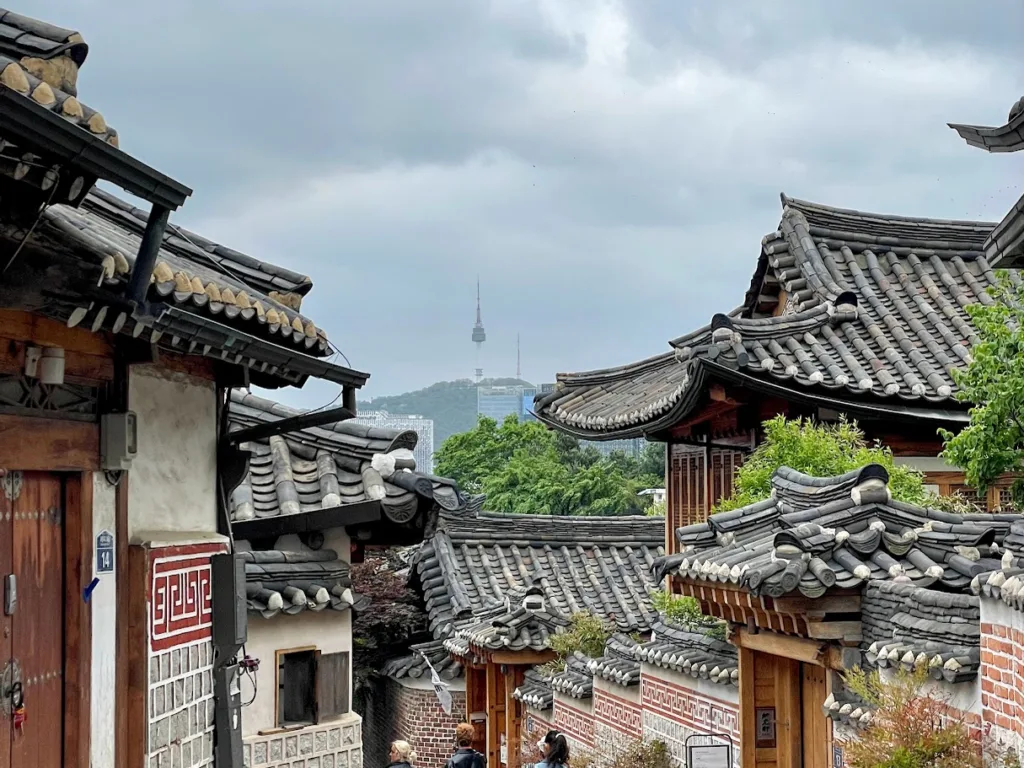
National Museum of Korea
As the biggest museum of Korean art and history in South Korea, the National Museum of Korea is perfect for anyone interested in over 420,000 artifacts covering Korea’s past. You can easily spend a full day exploring its many galleries, programs, and exhibits. It’s a great place to spend a bad weather day when you want an indoor activity. Best of all, entrance to the permanent galleries is free.
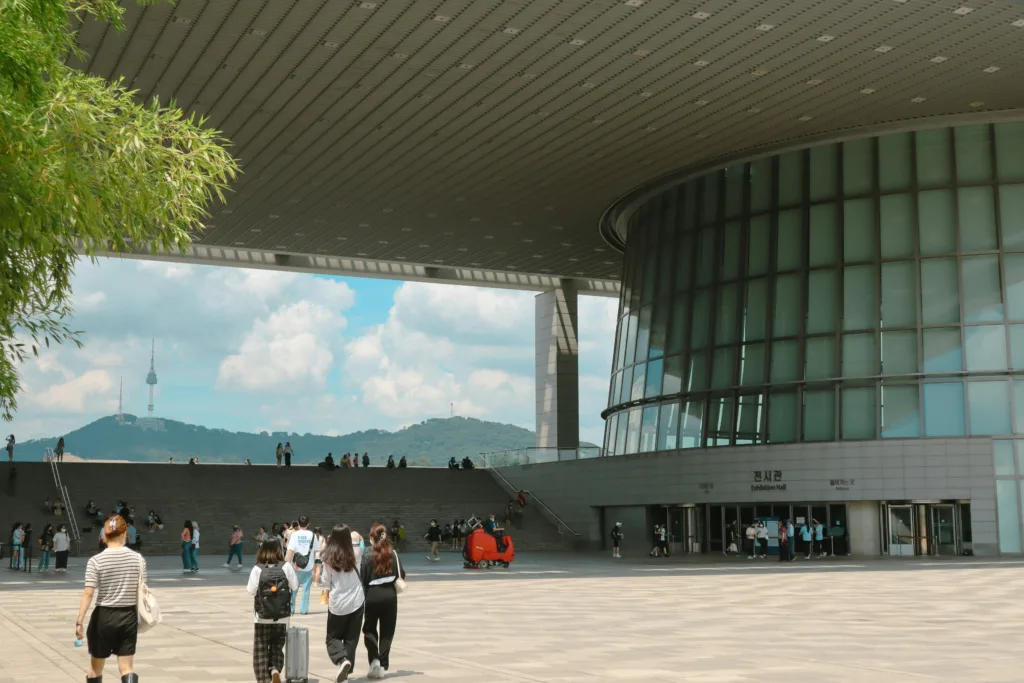
War Memorial of Korea
Another great indoor activity for a bad weather day is the War Memorial of Korea. The memorial was built to memorialize the history of the Korean War, but the museum has exhibits on the history of war in Korea from prehistoric times to the current. There are over 10,000 artifacts, including military equipment, battle records, and war vehicles, vessels, and planes. Admission is free.
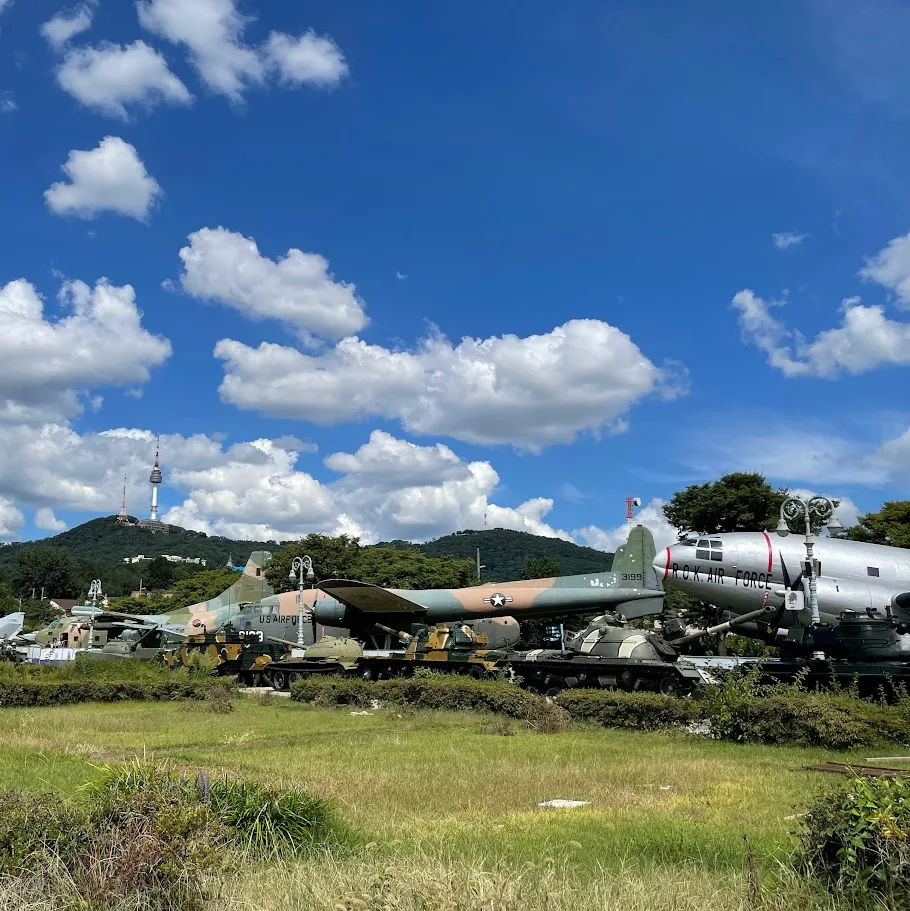
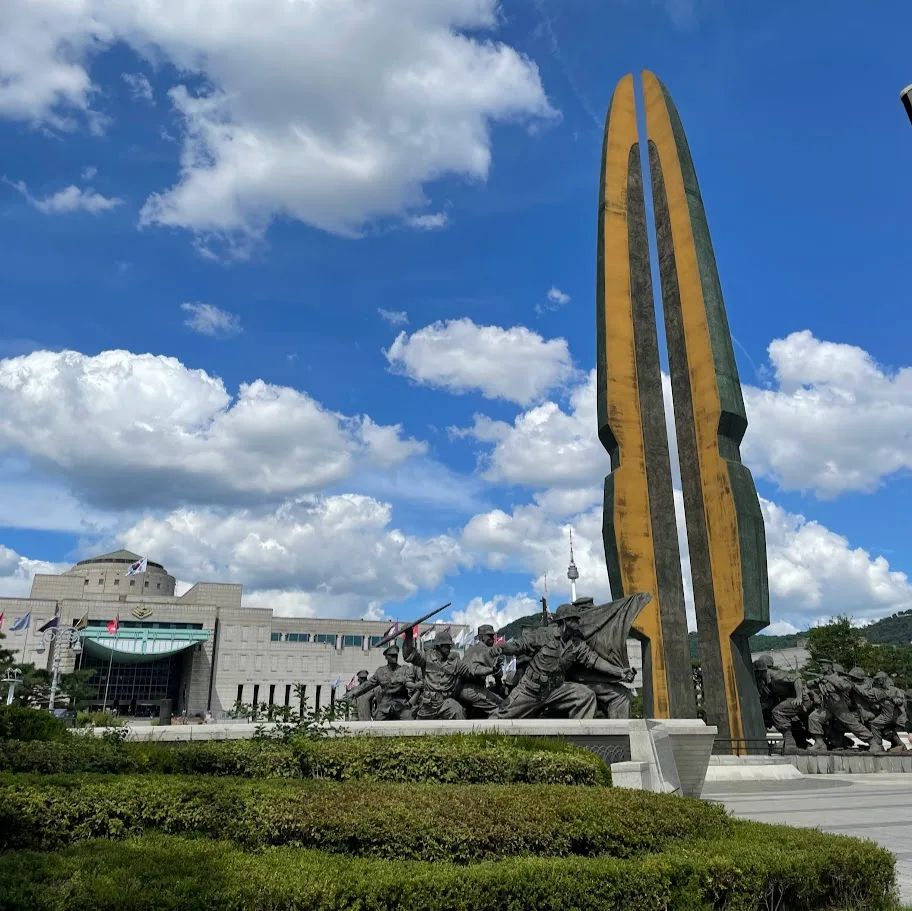
N Seoul Tower
N Seoul Tower has the best view of Seoul and is my favorite place to see cherry blossoms in the spring. You can go up in the observatory for ₩21,000 (get a discount ticket here!) for 360° views of Seoul, or you can save money by walking around the free viewing decks at the base of the tower. The night view is especially spectacular. There are 3 ways to get to the top: walk, take a bus, or take the cable car.
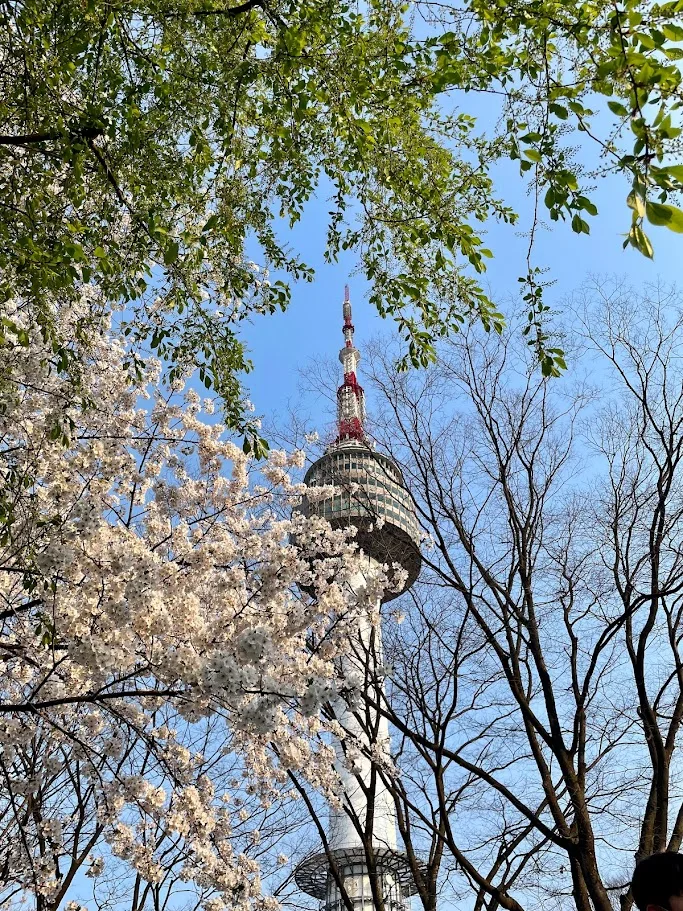
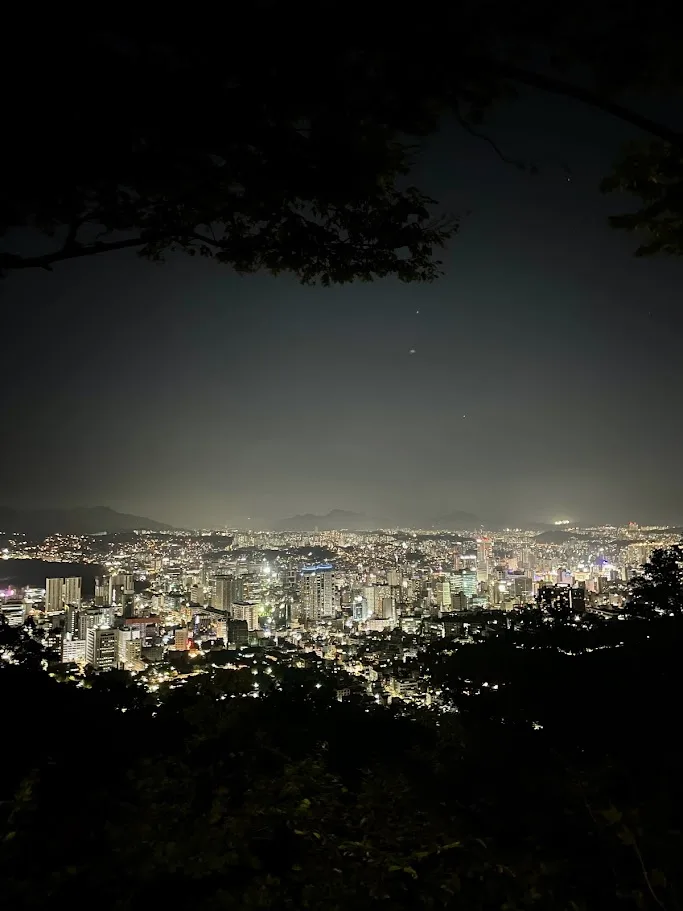
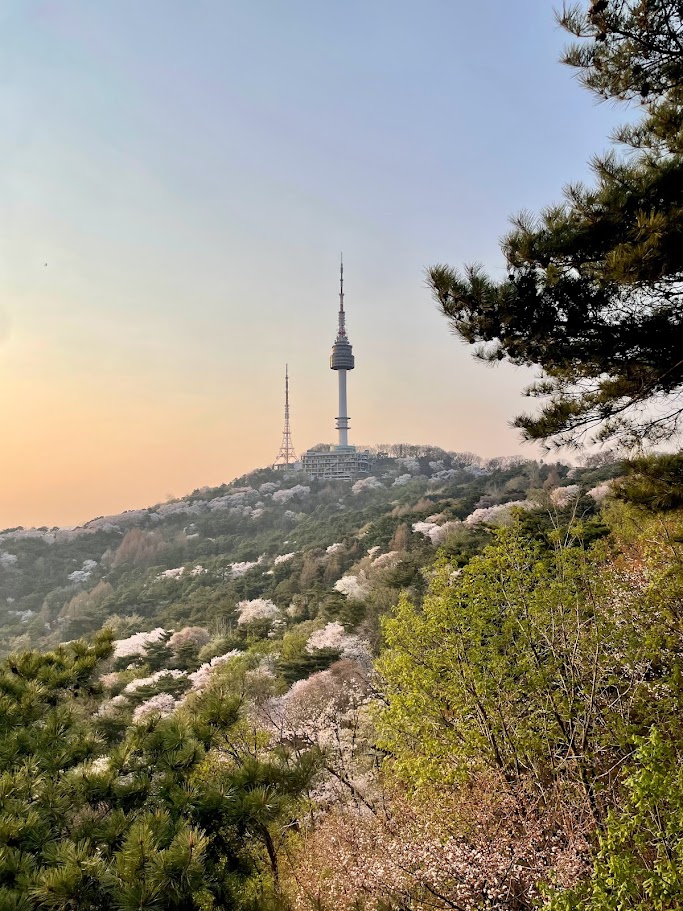
Seoul Forest
Although the name is misleading and it’s more of a park than a forest, Seoul Forest is the perfect place to spend an afternoon when the weather is nice. You can have a picnic or take a walk or bike ride around the sprawling grounds. Its most famous sites are the Gingko Tree Forest in the fall, cherry blossoms in the spring, and the Deer Corral where you can feed deer. Don’t miss the Seoul Forest Cafe Street located at Gate 4/5 for some trendy cafes and popular restaurants.
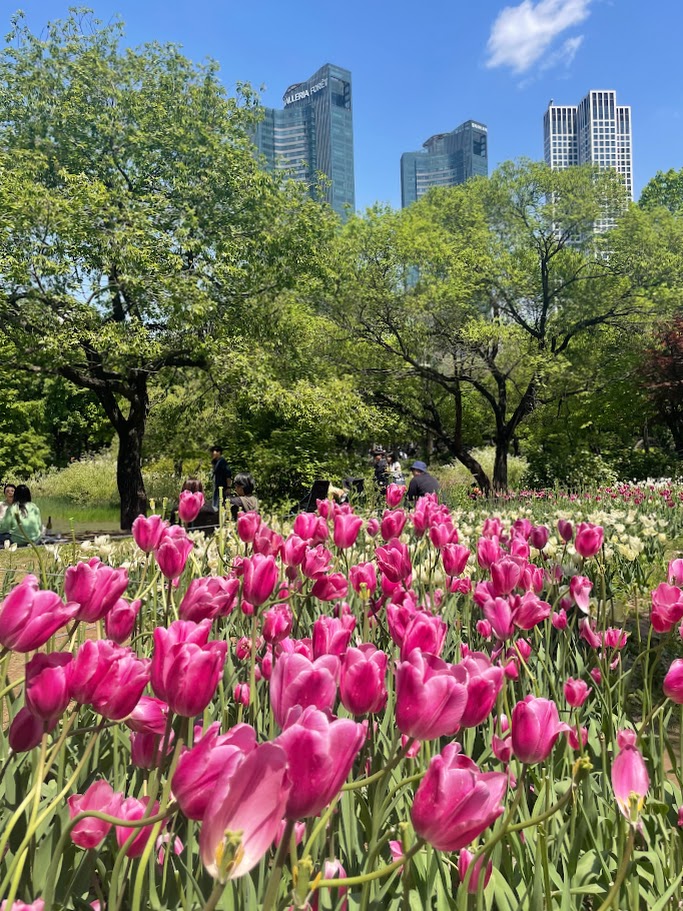

Gwangjang Market
Gwangjang Market is one of the largest and oldest markets in South Korea, with more than 5000 shops and stalls. It’s a great place to try cheap and authentic Korean street food, such as tteokbokki, savory pancakes, kimbap, twisted donuts, and noodles. Make sure to bring cash as most vendors don’t take credit cards.
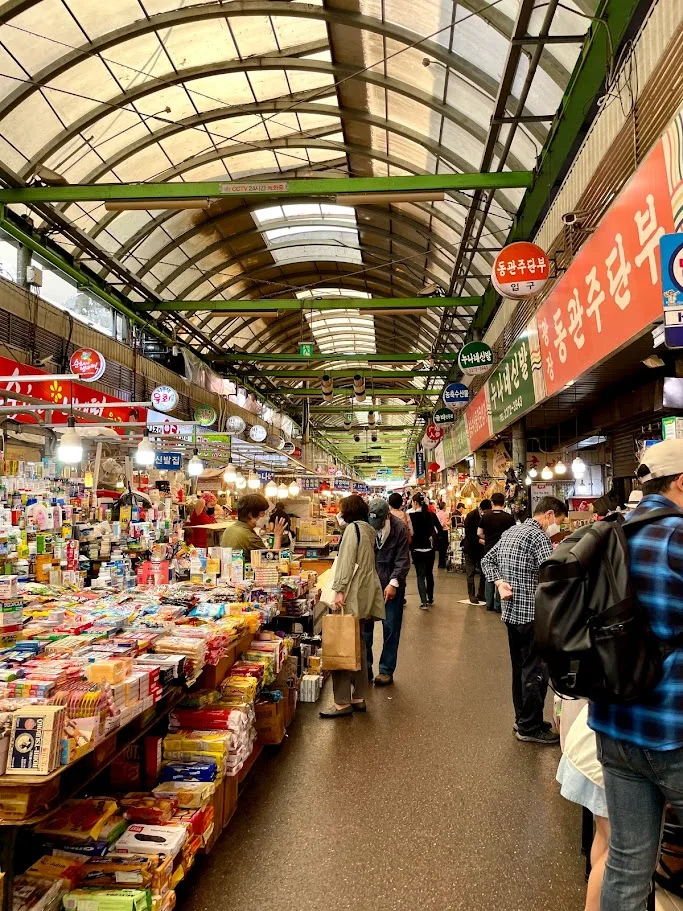
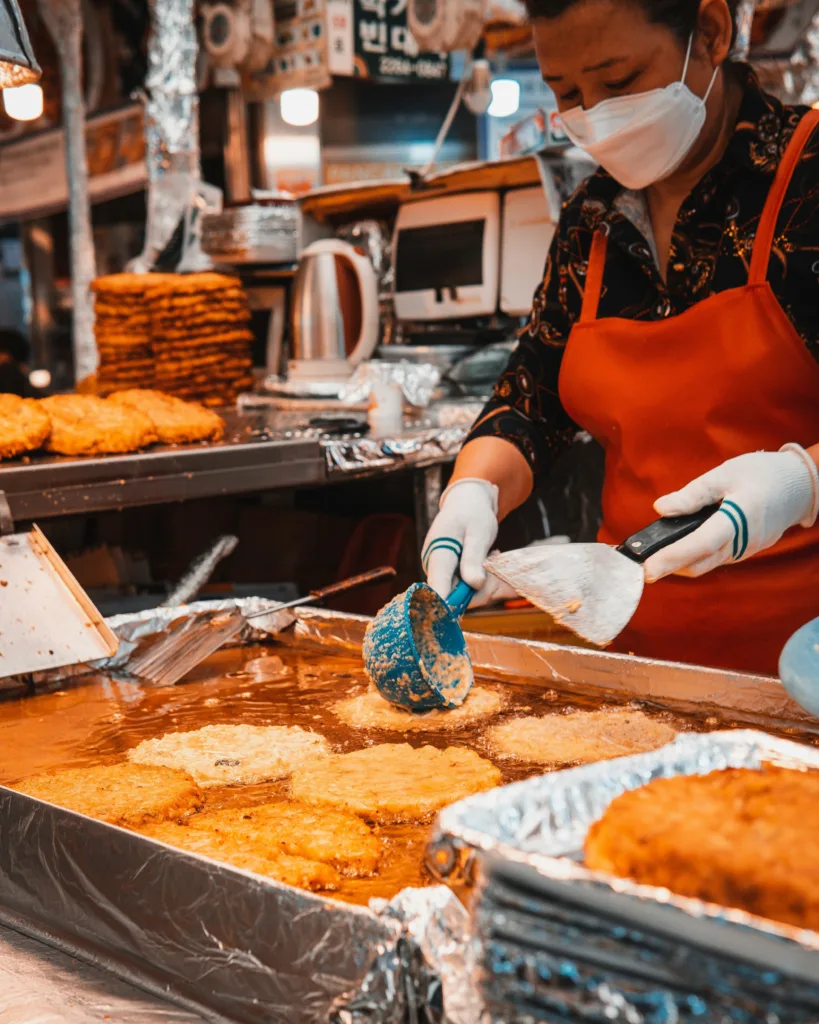
Bongeunsa Temple
This beautiful Buddhist temple is a zen escape from the bustling city. Located in the center of Gangnam, it’s a stark contrast to the skyscrapers, malls, and crowds of people around it. The 23 m./75 ft. Maitreya Buddha statue looks over the cityscape, and you can see some great views of the city if you walk on the trail around the complex. If you’re lucky enough to visit during Buddha’s Birthday around May, the complex will be lit up by colorful lanterns.
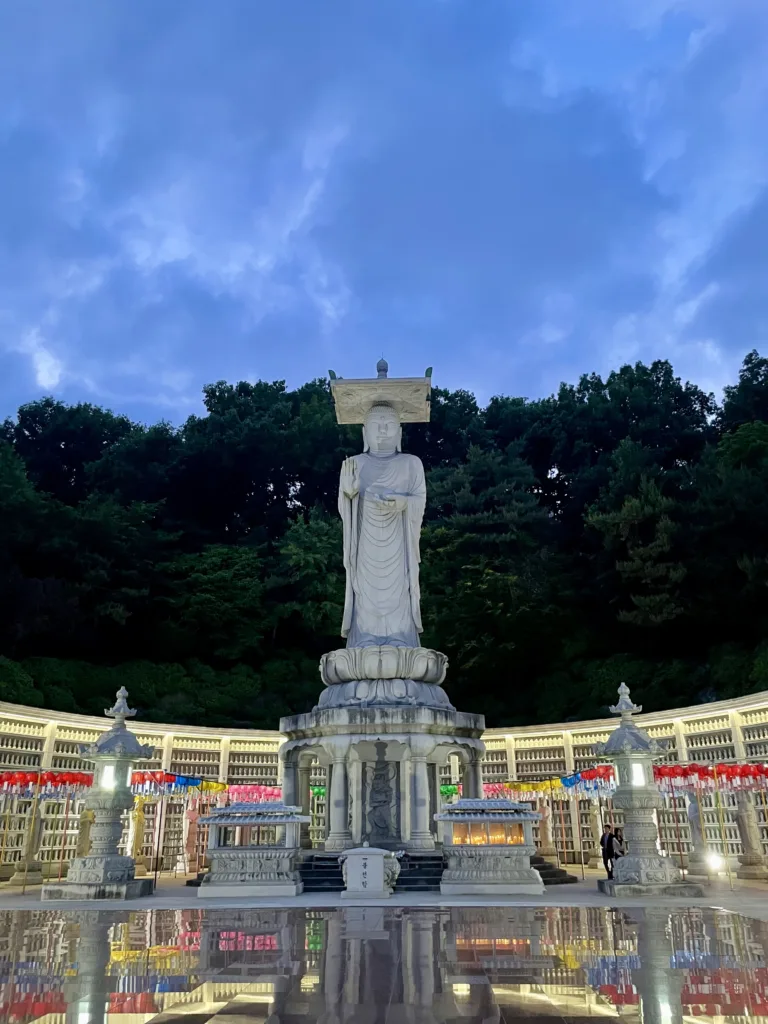
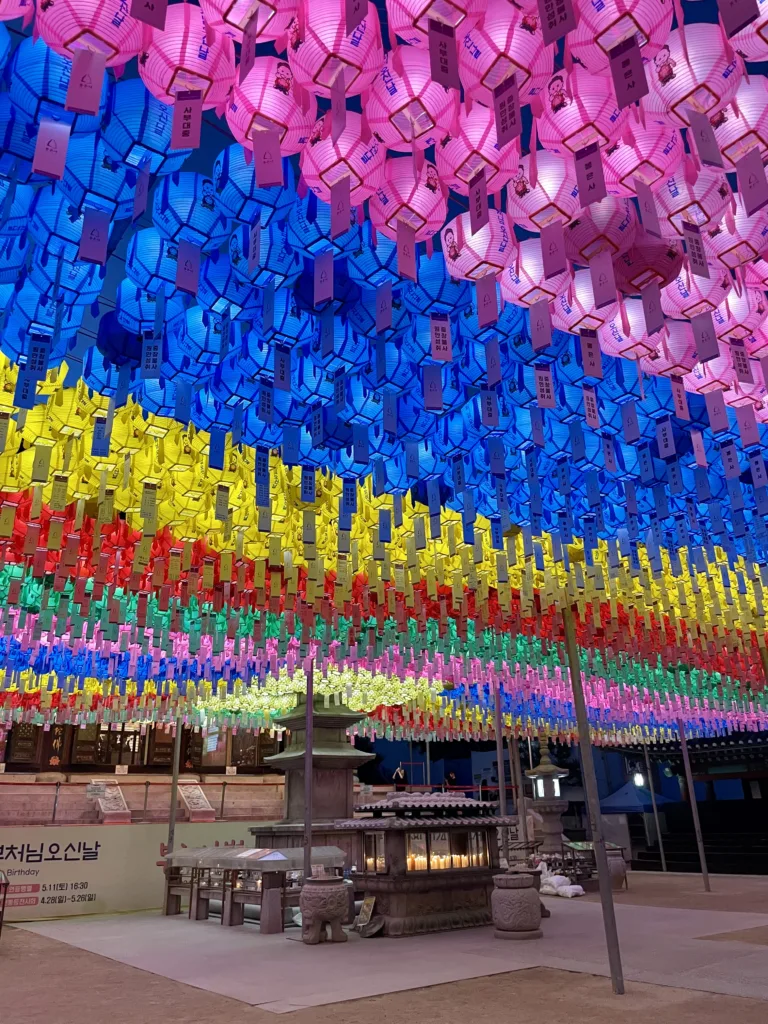
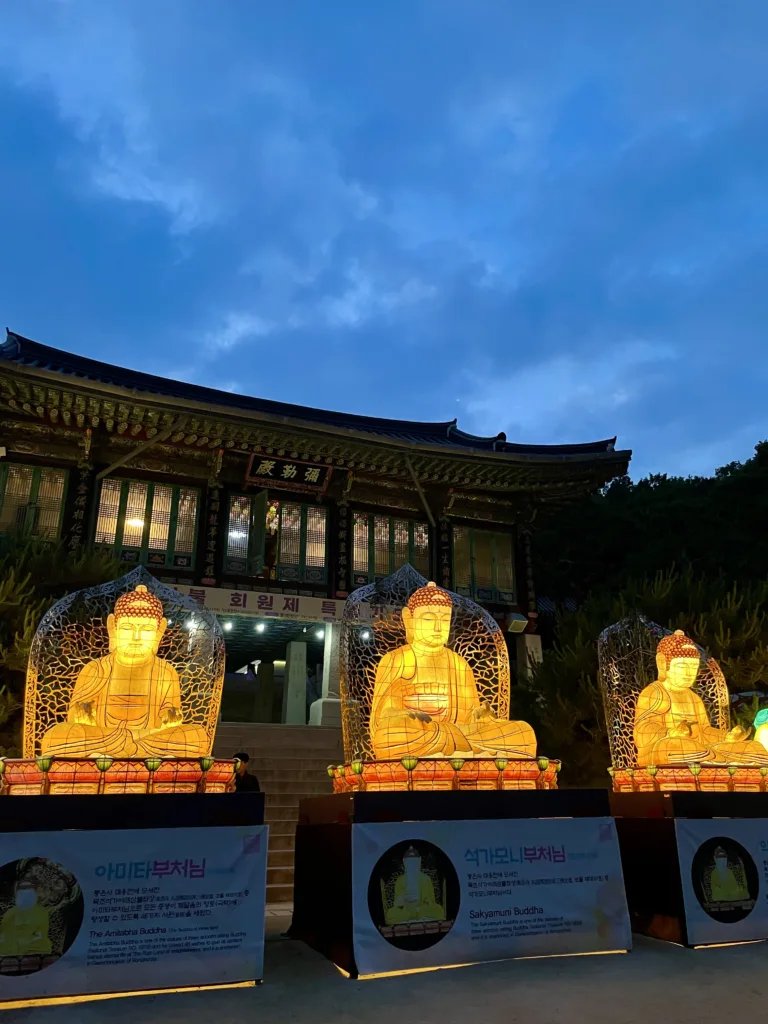
Bongeunsa Temple is directly across from COEX Mall and its infamous Starfield Library. While it’s often listed as one of the best things to do in Seoul, I don’t think it’s worth going out of your way for. But it’s worth stopping in if you’re at the temple and you have time.
Things to do in Seoul: Neighborhoods
Insadong
Insadong is a mix of past meets present with its traditional tea houses, award-winning restaurants, handmade gift shops, and art galleries. It’s a great place to shop for souvenirs, especially at Ssamziegil, a shopping complex selling unique art, jewelry, customizable gifts, and more. You can also learn about Korea’s most beloved food, kimchi, at Museum Kimchikan. Afterward, you can refuel in a Korean tea house.


Want a seamless Korea itinerary tailor-made for you?
Seoul has so much to offer, but the logistics of traveling across the world are tricky. I lived in Korea for 3 years, and I create custom itineraries that help you experience the best of Korea based on your travel style, interests, budget, and more.
Let’s start planning your custom Korea trip today!
Ikseondong
Tiny alleys lined with souvenir shops, cafes, tea houses, and restaurants inside traditional Hanoks make up Ikseondong. It’s a charming area home to some of Seoul’s most famous cafes, including Cheongsudang, an aesthetic Hanok-style cafe that’s always full. It’s the perfect area to explore when you need a coffee break.
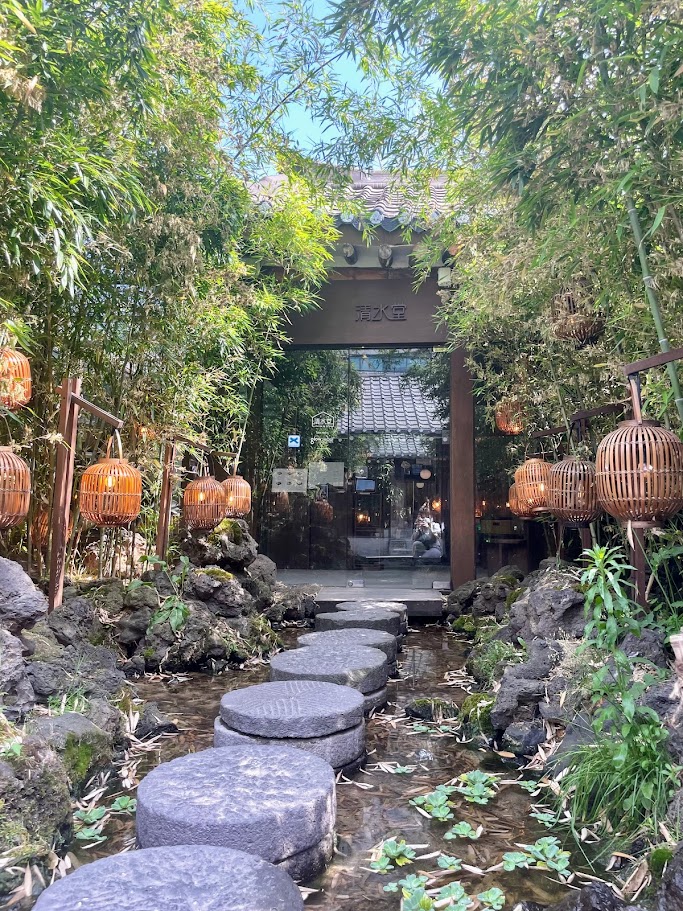
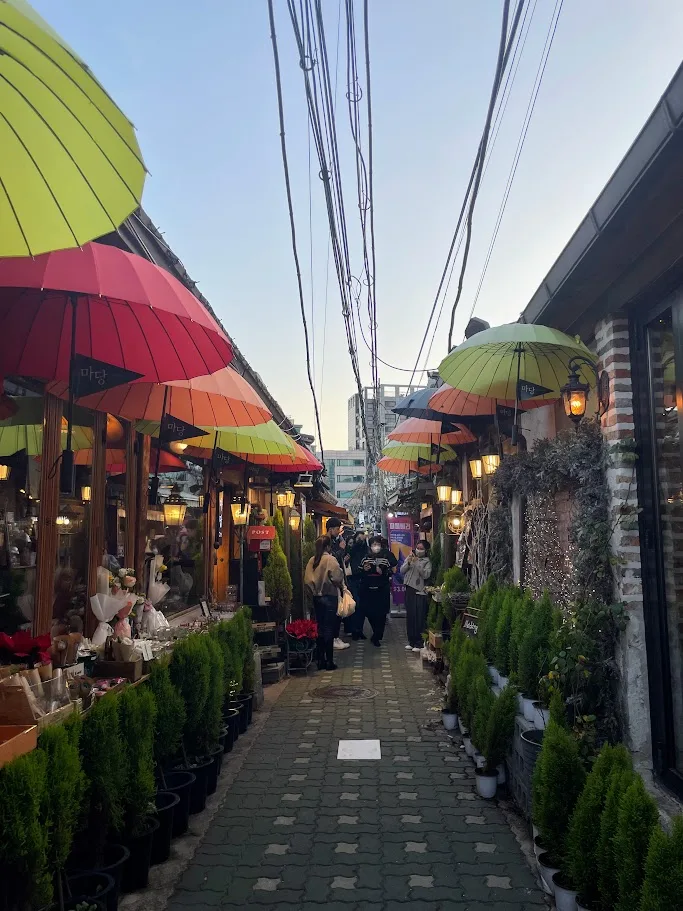
Myeongdong
Myeongdong is Seoul’s most famous shopping district, with international and K-fashion brands, luxury department stores, and K-beauty shops. It comes alive at night with a street food market that lines the streets with delicious Korean and international food stalls. Don’t forget to bring your passport for duty-free shopping!
Myeongdong is exciting, foreigner-friendly, and in a great location, making it my top recommended place to stay in Seoul. Check out my local’s guide to where to stay in Seoul for more information.
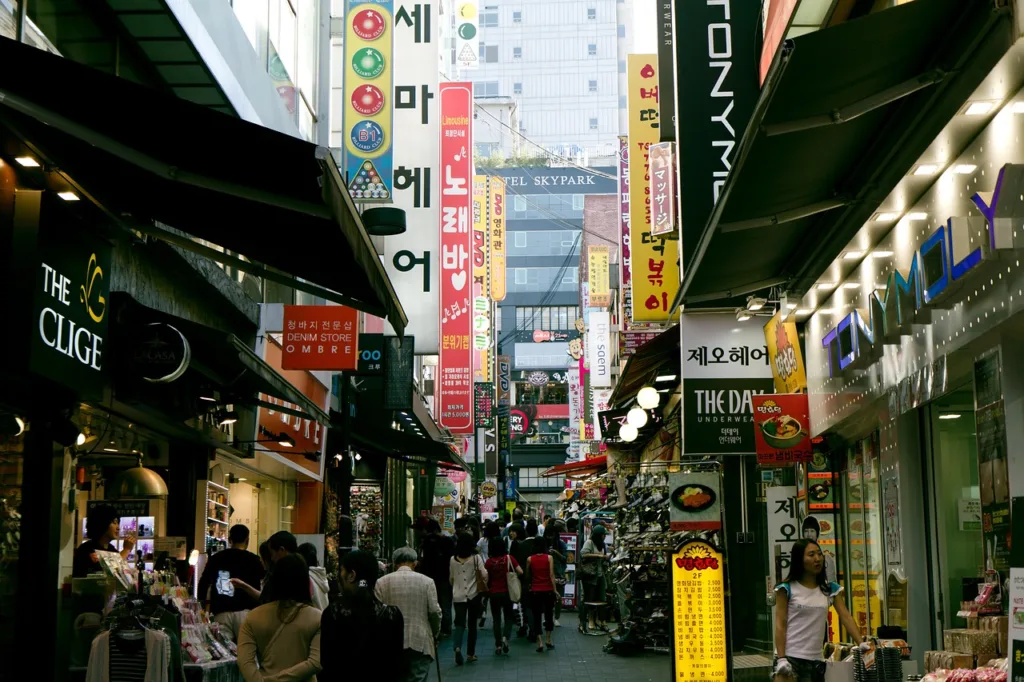
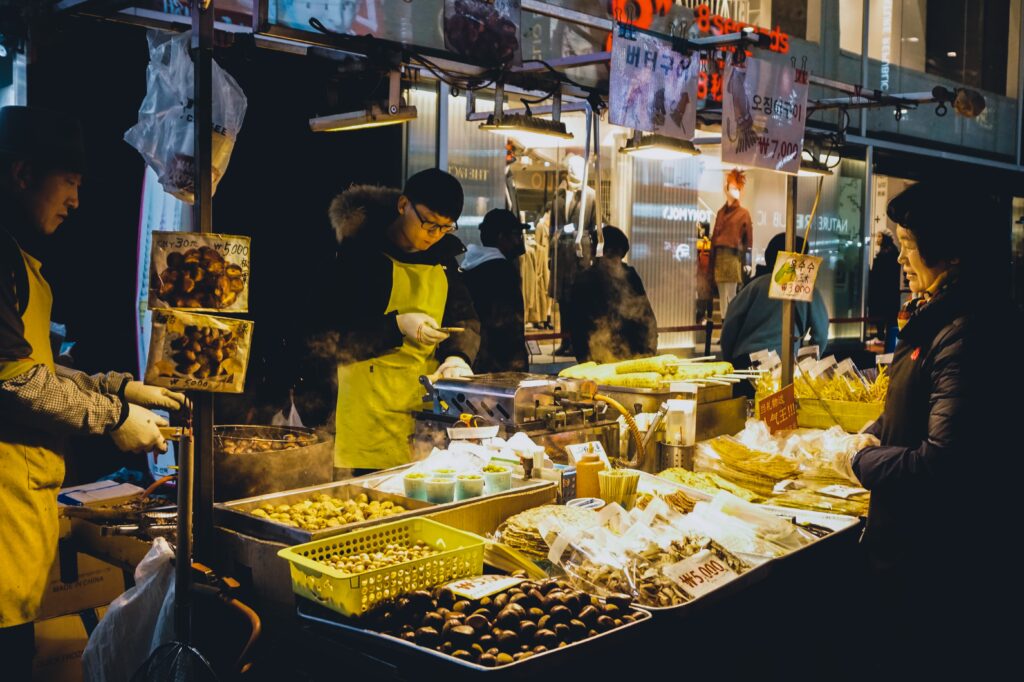
Euljiro
Not yet known to many tourists, Euljiro is a local gem that’s an up-and-coming hot spot for Seoul’s residents. Sometimes called “Hipjiro” because of its hip vibes, Euljiro has a flourishing food and drink scene among small alleyways lit with neon signs. There are breweries, bars, and restaurants where you can eat and drink amongst locals. Euljiro Nogari Alley is famous for its pubs where locals fill the streets at plastic tables, drinking beer and eating pub food.
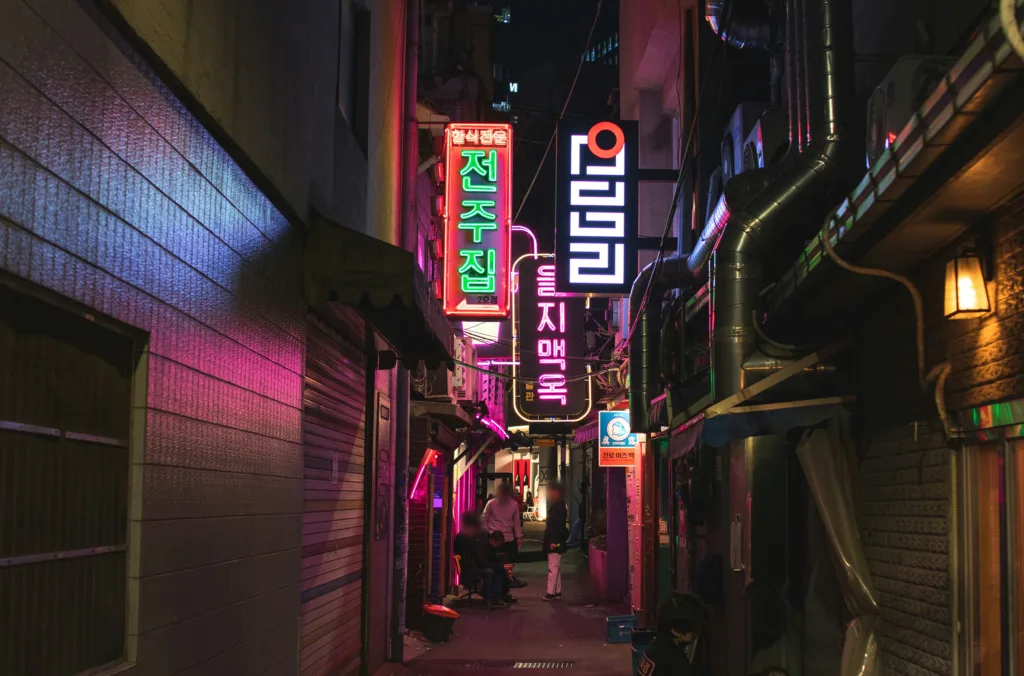
Hongdae
Hongdae, named after the nearby Hongik University, is known for its fun, youthful atmosphere that especially comes alive at night. It’s Seoul’s best neighborhood for nightlife, with plenty of bars and clubs to choose from. During the day, you can enjoy its cheap shopping and unique cafes and restaurants. Nearby Yeonnam-dong is a great place to go cafe-hopping.
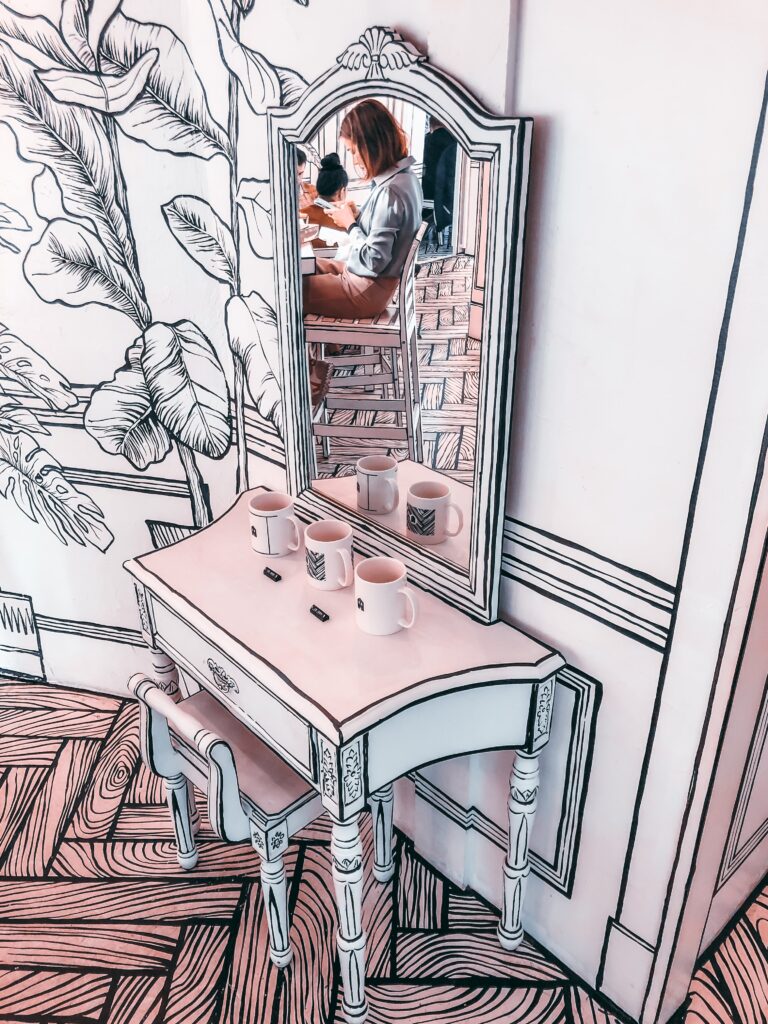
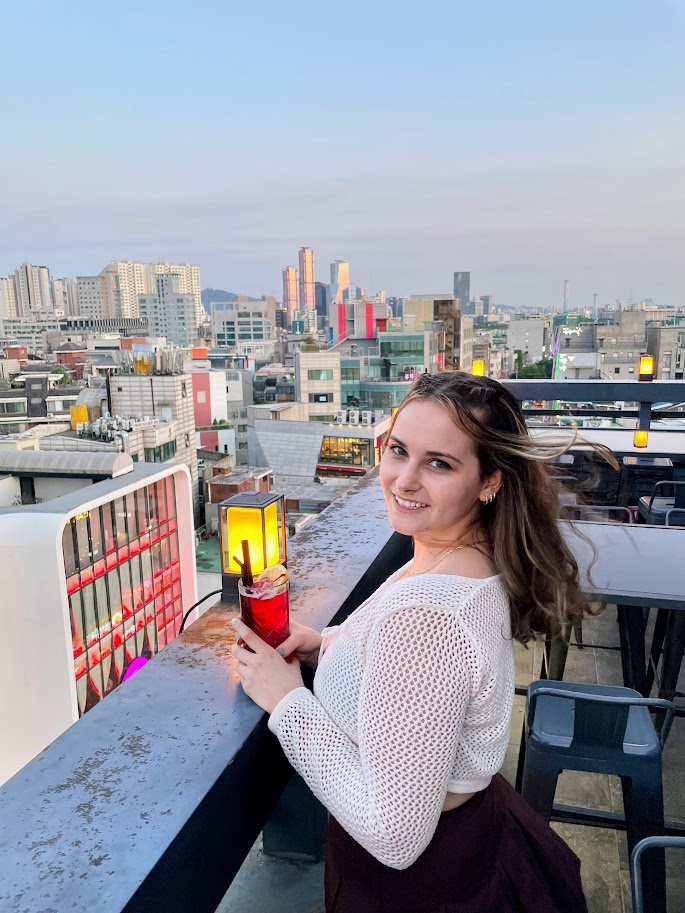
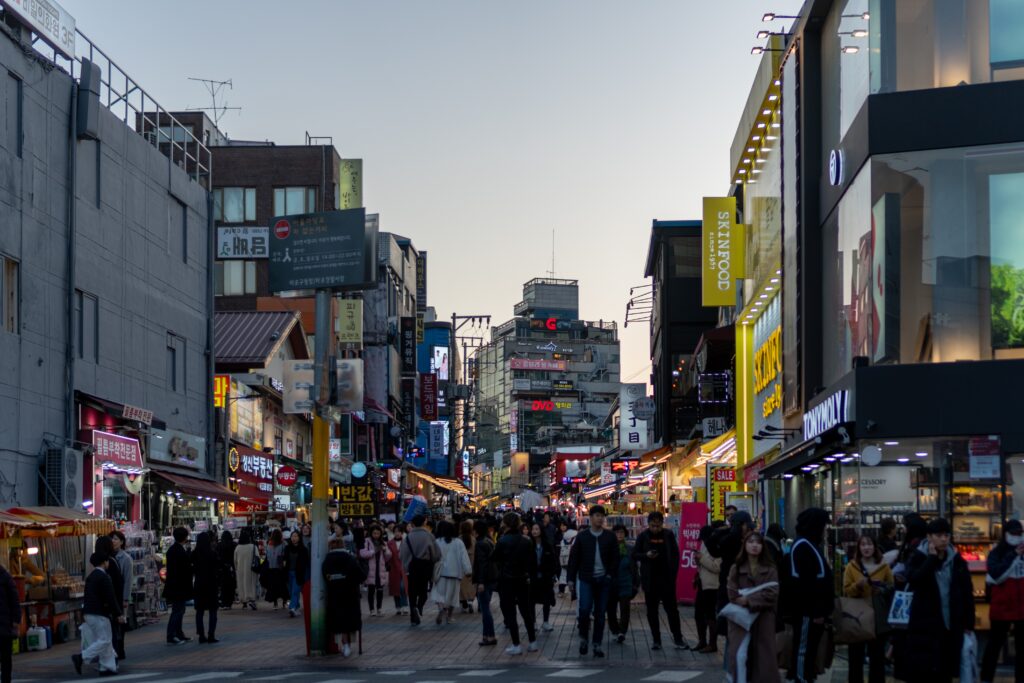
Seongsu
Seongsu has exploded in popularity in the past few years as one of Seoul’s trendiest neighborhoods. Known as “the Brooklyn of Seoul” because of its cool warehouse vibes, there are countless shops, restaurants, and cafes to explore. It’s the hot spot for pop-up shops, which have taken Korea by storm. From beauty and lifestyle to fashion and food, you’ll find endless pop-up shops in Seongsu each week offering discounts, free gifts, photo ops, and more.
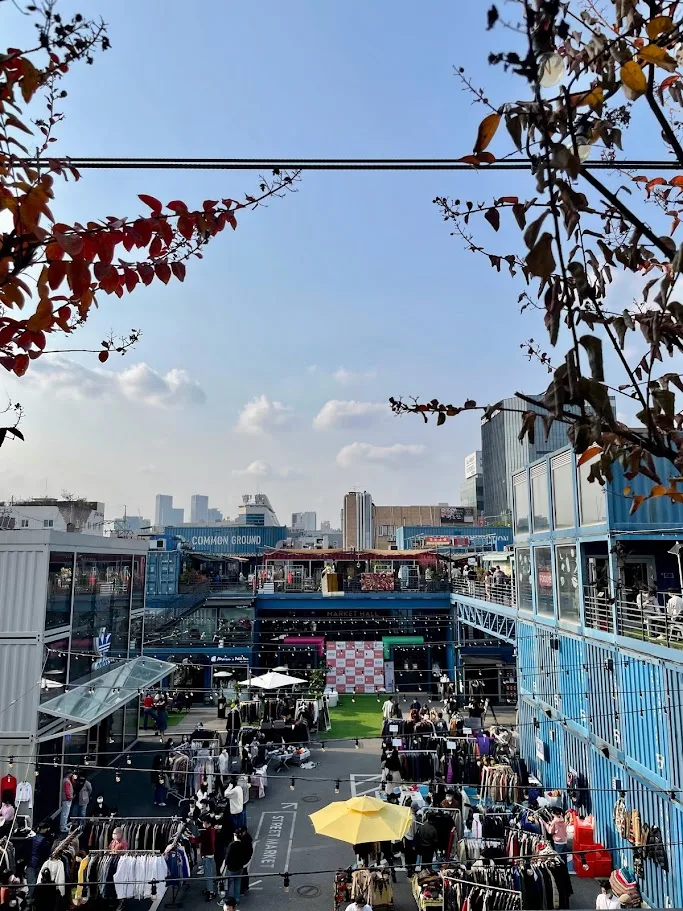


Things to do in Seoul: Experiences
Go cafe-hopping
The cafe culture in Korea is no joke, with Seoul being a hotspot of trendy cafes. From amazing aesthetics to delicious drinks and pretty pastries, you can dedicate an entire day to exploring Seoul’s charming cafes. Whether you’re a coffee lover looking for the perfect cup, a pastry enthusiast craving pretty yet tasty treats, or seeking a spot with breathtaking aesthetics and views, Seoul’s first-rate cafe scene has something for every taste.
There are countless cafes to choose from, so I’ve compiled the best cafes in Seoul that will blow your mind (and your taste buds).

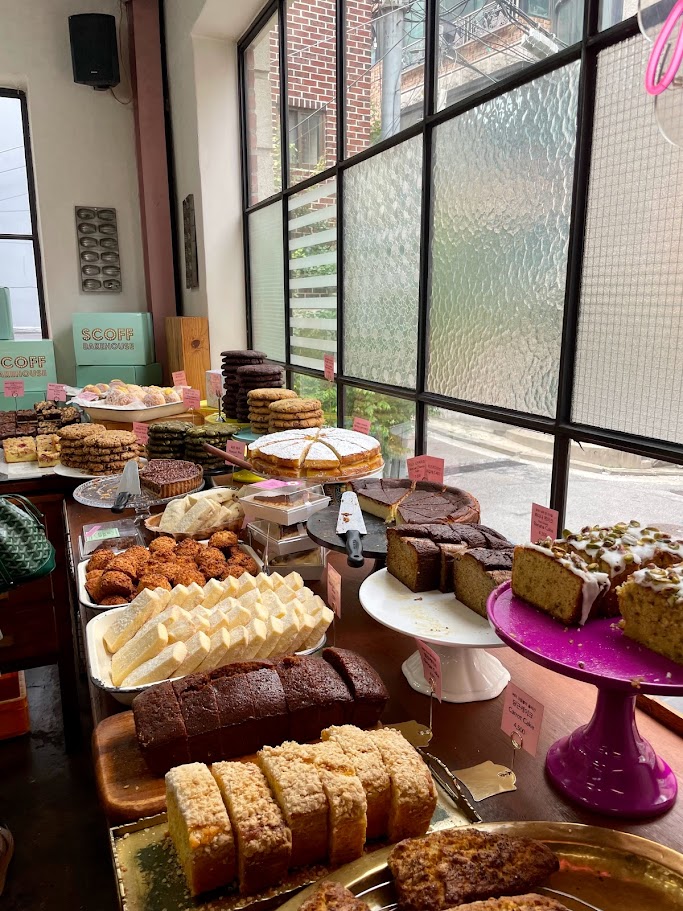

Take a cooking class
Taking a cooking class is one of the best ways to get in touch with the culture you’re visiting. I highly recommend this cooking class with a local family in their home. Before starting the class, you’ll take a market tour, learning about traditional Korean markets and trying some street food. At the end, you’ll eat an extravagant full-course meal you prepared yourself. Best of all, you can bring what you learned home to share with family and friends. There is a vegetarian option available if you contact them in advance!


Experience nightlife
Seoul is truly a city that never sleeps, so nightlife goes all night. Many people stay out so late that they catch the morning trains home around 6 a.m. The best areas to experience nightlife are Hongdae or Apgujeong. Hongdae is a college area full of bars, clubs, and pochas, which are bars with cheap food and drinks (this is where you can try soju!). It’s a great area for any type of nightlife. Apgujeong is smaller and more expensive, with fewer but better quality options. For the “typical” Seoul nightlife experience, Hongdae is the best option. If you want a less overwhelming atmosphere and less of a college crowd, Apgujeong might be a better fit.
Visit the DMZ
The Demilitarized Zone (DMZ) is a buffer zone between North and South Korea where no military activities are allowed. A day trip to the DMZ allows you to learn about the history and politics of the two Koreas while visiting the neutral zone between them. At the end of the tour, you’ll even get to look into a North Korean village through binoculars. If you want to take it a step further (literally), you can tour the Joint Security Area (JSA), where North and South Korean troops stand beside each other on the borderline.
You must join a guided tour to visit the DMZ because of the security of the area. I recommend this tour, which I personally did and found very informative and interesting.
Currently, tours of the JSA are not running for non-Korean nationals. You can check the status of JSA tours for foreigners here.
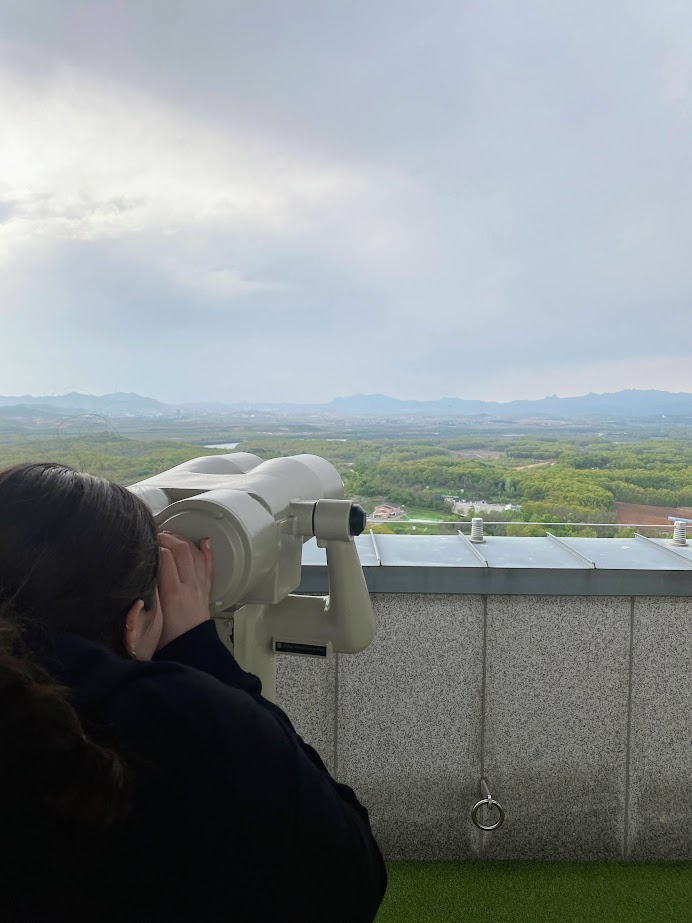
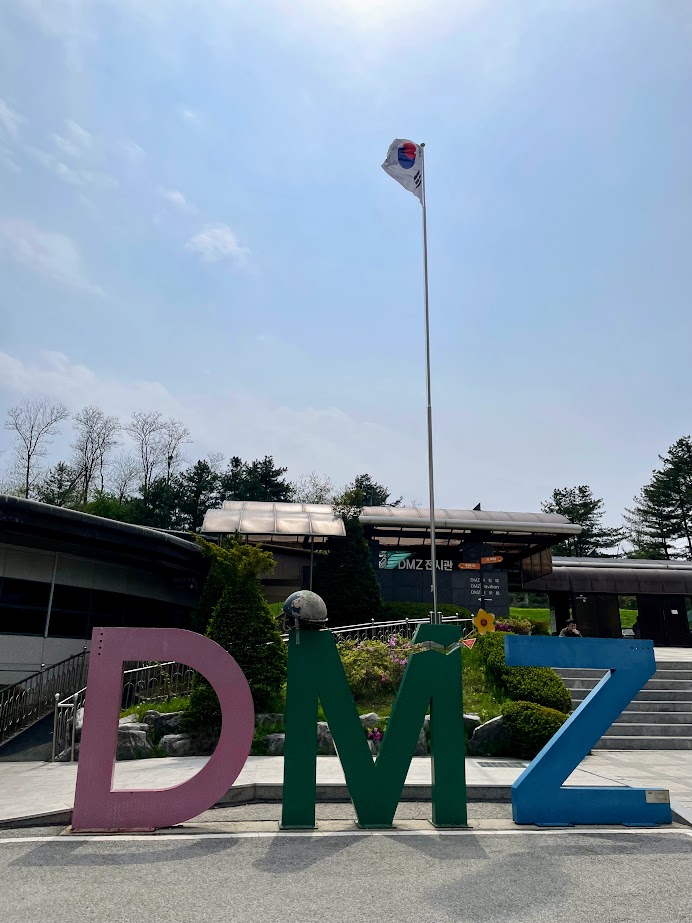
Take a day trip
If you have more than a few days to spend in South Korea’s bustling capital, you can’t pass up the opportunity to venture out of the city and see more of what Korea has to offer. Korea is so small and transportation is so good that there are many worthwhile day trips close to Seoul, most just 1-2 hours away. No matter your interests, there are day trips from Seoul for nature lovers, history buffs, culture enthusiasts, beach bums, and more.
Don’t know where to go? Check out my list of the top 15 day trips from Seoul, organized by interest to find the best place to spend your day.
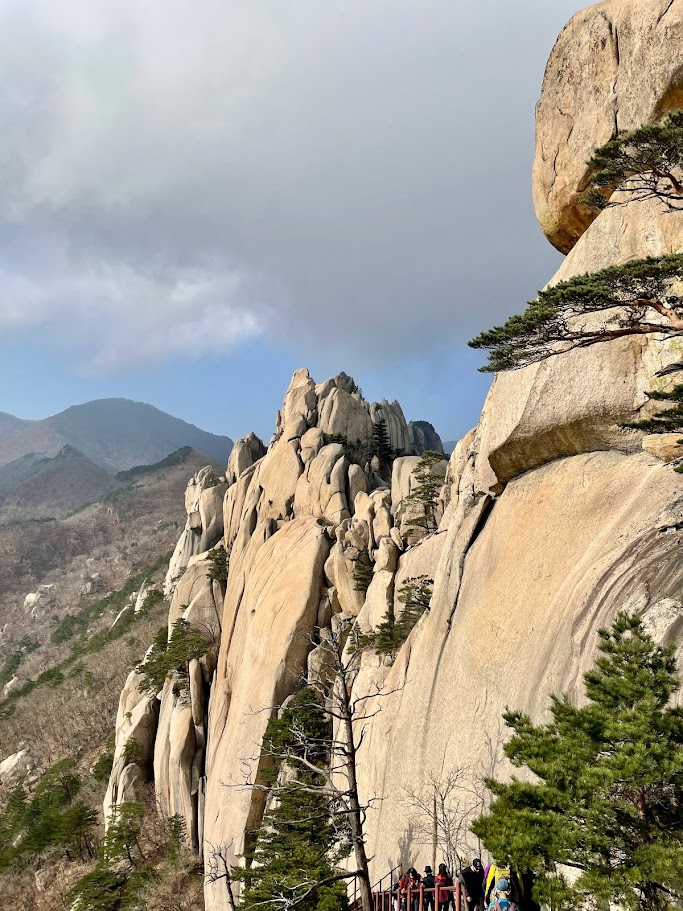


As Korean culture has spread its influence globally through K-BBQ, K-pop, K-dramas, K-fashion, and K-beauty, more and more travelers are drawn to Seoul as one of Asia’s top destinations. After exploring these top things to do in Seoul, you’ll see why travelers love Korea as a diverse, unique destination.
Keep reading:
- Seoul itinerary: Local’s guide to 1 week or less
- 15 unique things to do in Seoul: An unreplicable bucket list
- Where to stay in Seoul, South Korea: A local’s guide
- 15 BEST day trips from Seoul
- The 22 best cafes in Seoul
- 2 week South Korea itinerary & travel guide from a local
- South Korea Solo Travel Guide: Safety, tips, & what to expect
- Best things to do in Jeonju, South Korea
- 31 unmissable things to do in spring in Korea
- 22 best things to do in summer in Korea
- Fall in Korea: The 26 best things to do
- 25 unmissable things to do in Korea in winter
- South Korea packing list: A local’s guide to what to pack
- The best vegetarian and vegan restaurants in Seoul

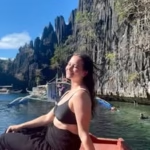

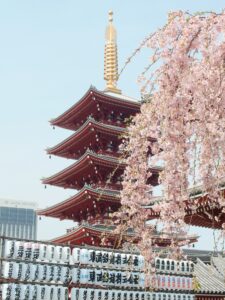
Leave a Reply